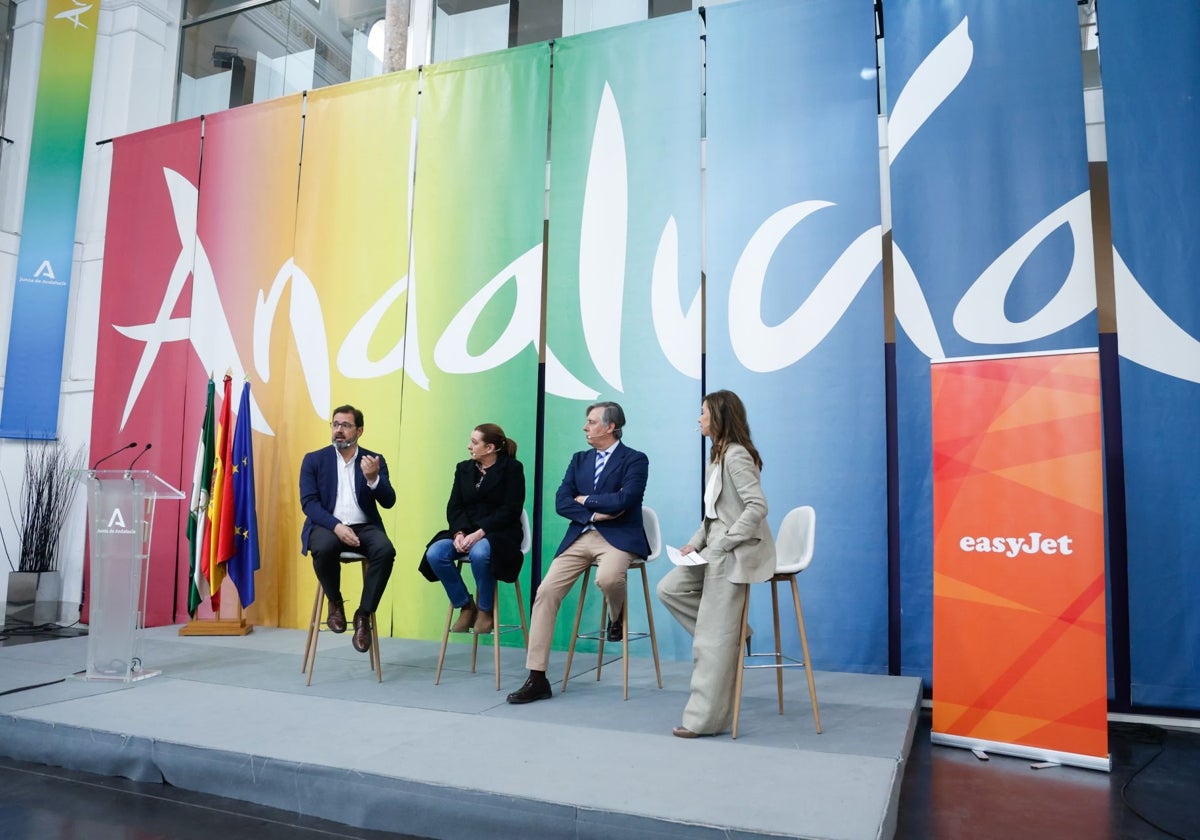There are some major money-saving travel perks to be had that banks are offering – and you could be missing out on them while you’re splashing the cash!
From bargain travel insurance included in packaged accounts to cashback on hotels, many banks across the country are offering rewards simply for banking with them.
These are the UK bank accounts offering the best travel benefits on the market…
CASHBACK ACCOUNTS
NATWEST
With Natwest’s Travel Rewards credit card, account holders can get one per cent cash back on spending on everything from flights, train journeys, car rental, ferries, buses, hotel accommodation, travel agents, cruises and campsites.
Customers can get rewards of up to 15 per cent, which can then be turned into cash or e-codes for selected retailers, including Booking.com, National Express and Enterprise.
Unlike with some other reward cards, there’s no limit to how much you can earn in cashback.
With no annual fee and no foreign transaction fee anywhere abroad, it could be an easy way to reap rewards on your spending.

There are some major money-saving travel perks to be had that banks are offering. With Natwest’s Travel Rewards credit card, account holders can get one per cent cash back on spending on everything from flights, train journeys, car rental, ferries, buses, hotel accommodation, travel agents, cruises and campsites.

American Express has several credit cards to choose from which give you access to huge travel perks

The Platinum Card from American Express gets you 80,000 Membership Rewards points when you spend £10,000 within six months. The offer runs to 27th May 2025
AMERICAN EXPRESS
American Express has many different bank accounts to choose from, allowing customers to earn miles and points while they spend.
The Preferred Rewards Gold is the perfect card to get you started if you’re new to Amex, as it’s free for your first year and, for every £1 spent, you get one point and up to 12,500 bonus points each year based on your total spending.
When you join, you also get a sign-up bonus, which has been increased from 20,000 Membership Rewards points to 30,000 points when you spend £3,000 within three months, so act fast if you want to scoop all those extra points.
Extra perks include four free airport lounge passes and £120 of Deliveroo credit.
However, the cost of this account does go up to £195 from the second year.
Meanwhile, the Platinum Card from American Express comes with a steep annual fee of £650, but it could be worth it for the myriad of rewards it offers.
This account gets you 80,000 Membership Rewards points when you spend £10,000 within six months. The offer runs to 27th May 2025.

American Express has many different bank accounts to choose from, allowing customers to earn miles and points while they spend. The Preferred Rewards Gold is the perfect card to get you started if you’re new to Amex, as it’s free for your first year

British Airways also offers an American Express Premium Plus card where you can get 30,000 Avios airline points when you spend £6,000 in 90 days

While their British Airways American Express card offers 5,000 Avios when you spend £2,000 within 90 days and one Avios point per every one pound spent
With this account, you’ll also get two Priority Pass cards, which allow access to 1,400 airport lounges, as well as elite status in four major hotel loyalty programmes.
Comprehensive travel insurance is also included, alongside £400 per year of restaurant credit and £50 per half-year of Harvey Nichols credit.
The most popular Amex card is the British Airways American Express card, as it’s completely free and you’ll pick up one Avios for every £1 spent – plus a companion voucher, letting you book two BA, Iberia or Aer Lingus flights for the price of one, when you spend £15,000 in a card year.
A solo traveller can also use it for a 50 per cent discount on their ticket.
British Airways also offers an American Express Premium Plus card where you can get 30,000 Avios airline points when you spend £6,000 in 90 days.
With every one pound spent with British Airways and BA Holidays you can earn three Avios points.
For an annual fee of £300, the British Airways American Express Premium Plus card offers 30,000 Avios points when you spend £6,000 within 90 days, and 1.5 Avios point per every £1 spent, and three Avios points for every £1 spent with BA.
Meanwhile, loyal guests of Marriott Hotels should look into a Marriott Bonvoy American Express card.

Barclaycard Avios Plus Mastercard offers 25,000 Avios points when you spend £3,000 within 90 days and you can earn 1.5 points per one pound spent
For an annual fee of £95, you can earn two Marriott Bonvoy points for every £1 spent or six points per £1 spent at any Marriott hotels.
When you sign up, you’ll get 20,000 hotel points when you spend £3,000 within 90 days.
BARCLAYS
The Barclaycard Avios Mastercard is another great way of earning Avios while you’re spending – and it’s free.
Splashing £1,000 in your first 90 days as an account holder will get you 5,000 Avios, and you’ll get another one point for every £1 spent after that.
If you spend £20,000 in a card year, you’ll get an Avios upgrade voucher, which allows you to upgrade two BA flights.
Meanwhile, for an annual fee of £240, you can have the the Barclaycard Avios Mastercard Plus, which offers 25,000 Avios points when you spend £3,000 within 90 days and 1.5 points per £1 spent thereafter.
You also only need to spend £10,000 in a card year to get the Avios upgrade voucher.

The annual fee is £240 but you can upgrade a return BA flight for one person or two one-way flights for a couple
VIRGIN
For those who fly with Virgin Atlantic rather than BA, the Virgin Atlantic Reward Mastercard is a great option, as it’s free and offers 3,000 Virgin Points after the first transaction.
From then on, customers can earn 0.75 Virgin Points per £1 spent or 1.5 points per £1 spent with Virgin.
When you spend £20,000 in a year you can get a reward voucher worth up to 150,000 Virgin Points, which can be used towards a companion ticket when you buy a cash or reward flight.
Those willing to pay £160 a year for the Virgin Atlantic Reward+ Mastercard get 18,000 points after their first transaction.
After that, they’ll earn three points per £1 spent with Virgin Atlantic and only have to spend £10,000 in a year to reap the above reward voucher.
PACKAGED ACCOUNTS
VIRGIN MONEY CLUB M

The Virgin Atlantic Reward Mastercard is free and offers 3,000 points after your first transaction

Virgin Money Club M has one of the lowest fees at just £150 a year and covers the whole family
Packaged accounts offer customers a bank account and insurance, including travel insurance for a fee.
And Virgin Money Club M has one of the lowest fees at just £150 a year, which covers the whole family.
For that price, it offers customers worldwide family travel insurance up to the age of 74, for couples and four children up to the age of 18, as well as UK & European breakdown cover for the account holder.
It allows multiple trips worldwide and includes winter sports, wedding and golf cover.
The family will also have cover of up to £2,000 for each person’s gadgets like phones, tablets and laptops, for any losses, pesky thefts abroad or perhaps water damage on a beach holiday.
The perks are worth roughly £500 if bought separately and there is no minimum pay-in so Virgin Money Club M is a massive saving.
CO-OP BANK EVERYDAY EXTRA
The Co-Op Bank Everyday Extra is a great option for older couples, as it provides travel insurance up to the age of 79 and costs £180 a year.

Co-Op Bank Everyday Extra is a great option for older couples which provides travel insurance up to the age of 79 and costs £15 a month

Families may also be drawn to Nationwide FlexPlus as it covers the phones of your partner and children too at just £18 a month
It allows multiple trips worldwide of up to 45 days per trip and includes winter sports up to 21 days in a year and golf cover.
It has mobile phone cover only for account holders but it does offer worldwide travel insurance for children aged 22 and under, as long they live at the same address as the account holder, or are in full-time education and are not married.
The insurance is valued up to £400 a year and there is no minimum pay-in.
NATIONWIDE FLEXPLUS
Families may also be drawn to the Nationwide Flexplus as it offers worldwide travel insurance for the account holder and partner, as well as dependent children under 23 – plus phone insurance for your partner and children too, for just £216 a year.
With the phone insurance, the children covered must be under 19, or under 22 if in full-time education, and cannot be married.
There is a maximum of four claims a year, and similar mobile phone insurance can cost on average £80 a year so using the most of this could be great value.
UK and European breakdown cover is also included for the account holder(s), travelling in any vehicle with up to seven other people with them.

Halifax is a bit steeper at £19 a month, but is a good option if you’re looking for emergency home cover while you’re away
The deal is valued at approximately £500, so you’re definitely making some major savings.
HALIFAX ULTIMATE REWARD
The Halifax Ultimate Reward account is a bit steeper at £228 a year, but what’s included is worldwide travel insurance for up to 31 days per trip, including winter sports and golf for you and your partner up to 71 years old, and children up to the age of 19.
The bank account also covers car insurance and UK breakdown cover.
LLOYDS
Club Lloyds Silver account is the cheapest option for packaged bank accounts at only £135 a year and could be great if you are okay with less cover.
There is also a minimum pay-in of £2,000 a month, but you get a free £175 if you switch from another bank.
It is the only bank in the list that offers fee-free spending and ATM withdrawals abroad.

Club Lloyds Silver account is the cheapest option at only £11.25 a month and could be great if you are okay with less cover

If you’re someone who is a high earner, you might want to consider HSBC Premier
Family travel insurance is only covered for the UK and Europe up to the age of 65, including winter sports, business, wedding and golf cover. It covers you and your partner and children under 18-years-old.
While the breakdown cover is limited to roadside assistance in the UK, you do get mobile cover for the account holder.
HSBC PREMIER
If you’re someone who is a high earner, you might want to consider HSBC Premier.
There is no monthly fee, just an income of £100,000 to be paid into the account every month which gets you access to free worldwide family travel insurance.
It covers you and your partner up to the age of 70, including winter sports and business cover, for a maximum of 31 days per trip.
Children under 18 or 23 if still in full-time education are covered if travelling with the account holder or staying with relatives.








